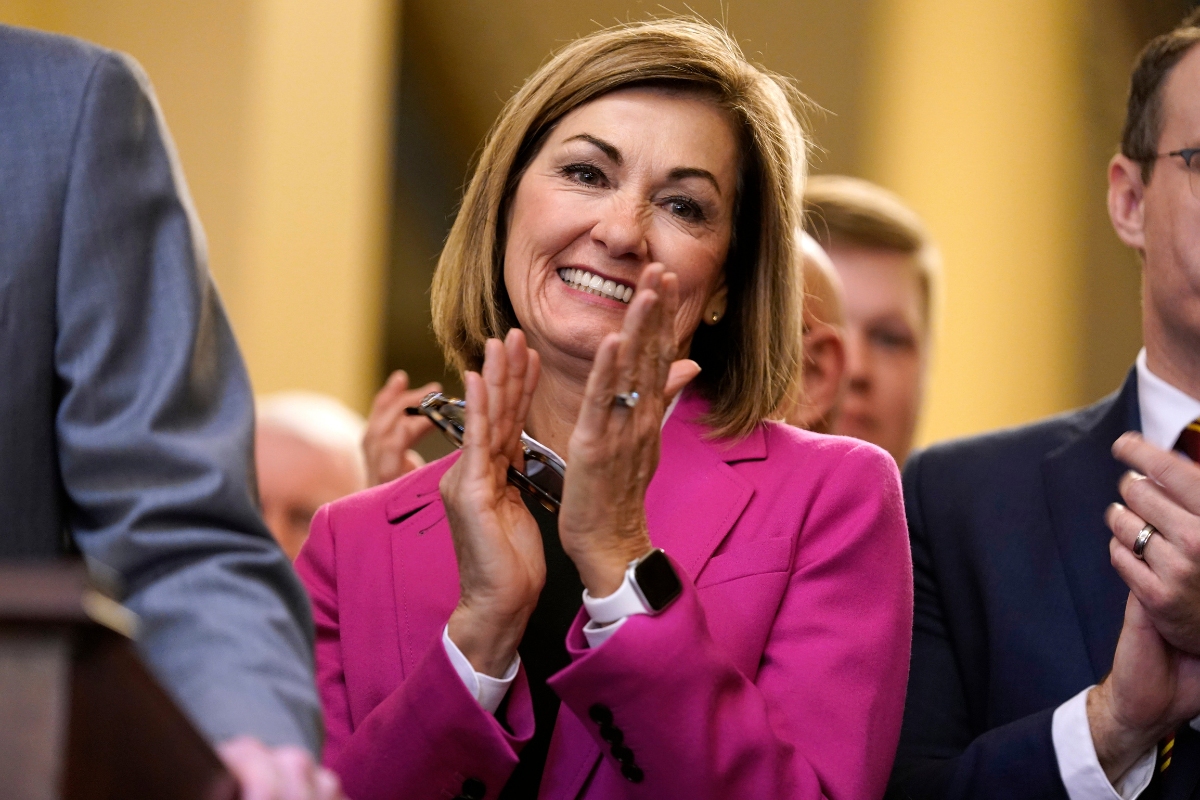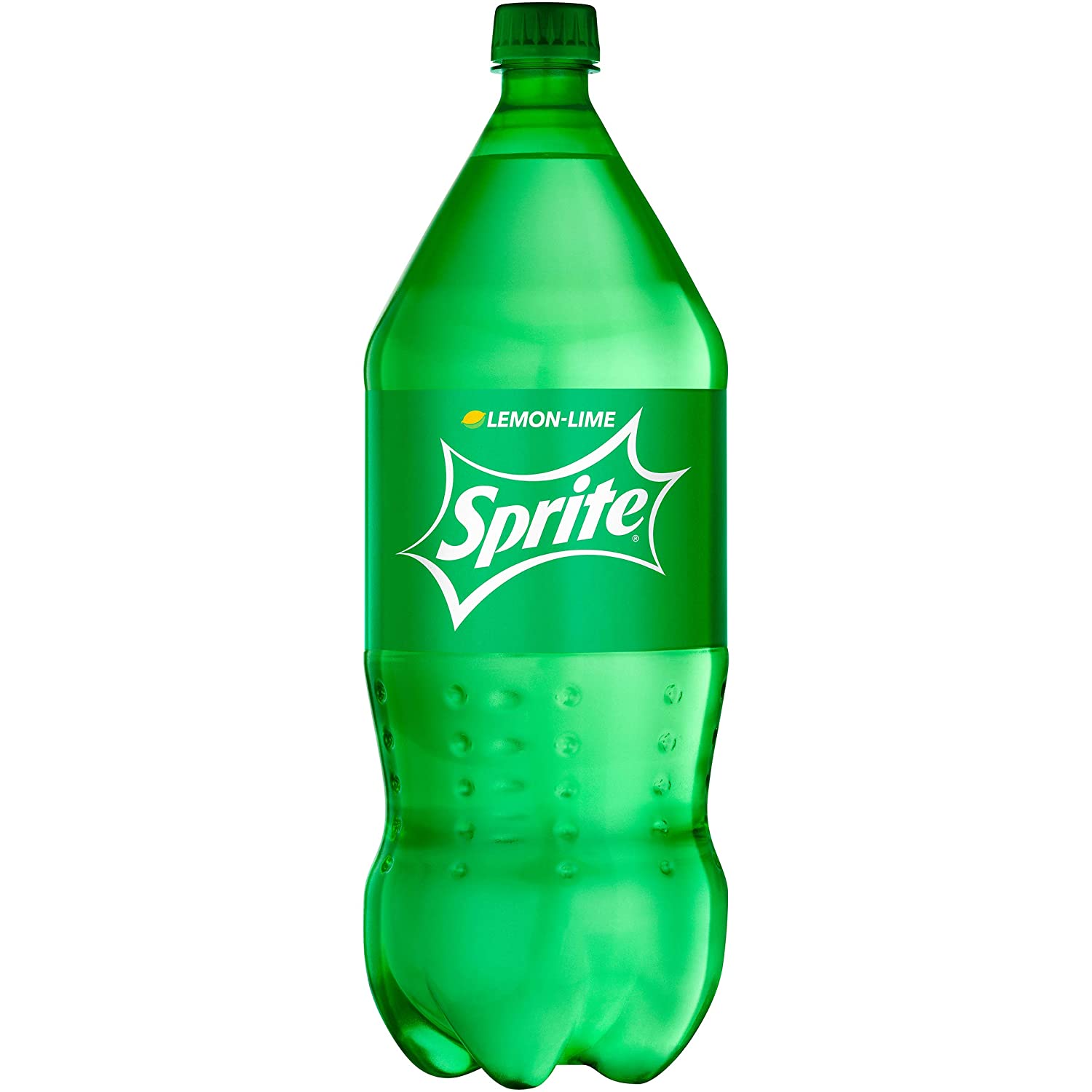Iowa has committed nearly $180 million in taxpayer funds to support private school tuition in the 2024-25 school year, which is almost $50 million more than the initial Iowa Legislative Service Agency (LSA) projections.
Initially, the LSA projected Iowa would spend $106.9 million in the first year of Gov. Kim Reynolds’ private school voucher program—called Students First Education Savings Accounts—and $132.3 million in the second year.
However, the first year of the program cost Iowa taxpayers nearly $128 million. The Iowa Legislature allocated $179.2 million to the program for the upcoming fiscal year, according to the state’s recently approved general fund.
These amounts are only expected to increase as restrictions on who can participate in the program are rolled back.
The first year restricted access to students with a household income at or below 300% of the federal poverty guideline, but that restriction will be raised to 400% ($124,800 for a family of four) in the 2024-25 school year, before being phased out entirely in the 2025-26 school year.
Each voucher recipient will receive $7,826 in taxpayer funds to help cover private school tuition in the 2024-25 school year (the amount changes each year based on the state’s per-pupil funding). Predicated on this year’s budgeted amount, the state expects at least 22,897 students to receive a voucher.
Another big change for the upcoming 2024-25 year is that public school districts will directly lose money due to voucher program.
State funding for public schools is primarily based on enrollment weighting and state cost per pupil. Before the voucher law, districts still received those funds from the state even for students who lived in the district but did not attend a public school. Going forward, districts will no longer receive those dollars.
For every student lost to a voucher, the state will instead provide a school district $1,205 in categorical funding, meaning those dollars can’t be used in the general fund, since those funds are intended “for particular categories of students, special programs, or special purposes.”
In an interview with the Cedar Rapids Gazette, Iowa City School District Chief Financial Officer Adam Kurth estimated the district—the fourth largest in Iowa—will lose $1.3 million in revenue and spending authority. The told the paper even with state reimbursement, it amounts to a net loss for the district.

 iowastartingline.com
iowastartingline.com
“The amount of funding we’ve effectively lost appears like any other enrollment decline, and that’s much greater than $1,200 per student,” Kurth told the Gazette.
Initially, the LSA projected Iowa would spend $106.9 million in the first year of Gov. Kim Reynolds’ private school voucher program—called Students First Education Savings Accounts—and $132.3 million in the second year.
However, the first year of the program cost Iowa taxpayers nearly $128 million. The Iowa Legislature allocated $179.2 million to the program for the upcoming fiscal year, according to the state’s recently approved general fund.
These amounts are only expected to increase as restrictions on who can participate in the program are rolled back.
The first year restricted access to students with a household income at or below 300% of the federal poverty guideline, but that restriction will be raised to 400% ($124,800 for a family of four) in the 2024-25 school year, before being phased out entirely in the 2025-26 school year.
Each voucher recipient will receive $7,826 in taxpayer funds to help cover private school tuition in the 2024-25 school year (the amount changes each year based on the state’s per-pupil funding). Predicated on this year’s budgeted amount, the state expects at least 22,897 students to receive a voucher.
Another big change for the upcoming 2024-25 year is that public school districts will directly lose money due to voucher program.
State funding for public schools is primarily based on enrollment weighting and state cost per pupil. Before the voucher law, districts still received those funds from the state even for students who lived in the district but did not attend a public school. Going forward, districts will no longer receive those dollars.
For every student lost to a voucher, the state will instead provide a school district $1,205 in categorical funding, meaning those dollars can’t be used in the general fund, since those funds are intended “for particular categories of students, special programs, or special purposes.”
In an interview with the Cedar Rapids Gazette, Iowa City School District Chief Financial Officer Adam Kurth estimated the district—the fourth largest in Iowa—will lose $1.3 million in revenue and spending authority. The told the paper even with state reimbursement, it amounts to a net loss for the district.

Iowa sets aside almost $180 million for year two of voucher program
The Iowa Legislature set aside nearly $180 million for the state's private school voucher program in the 2024-25 school year. This is an almost $50 million increase over original projections.
“The amount of funding we’ve effectively lost appears like any other enrollment decline, and that’s much greater than $1,200 per student,” Kurth told the Gazette.



